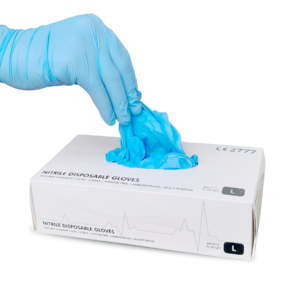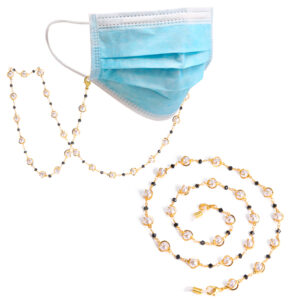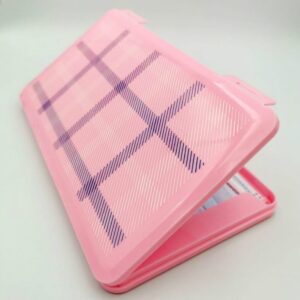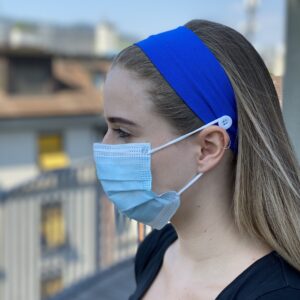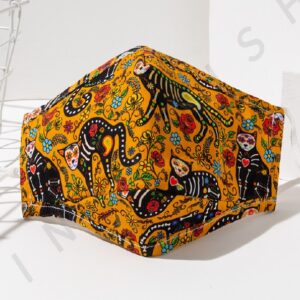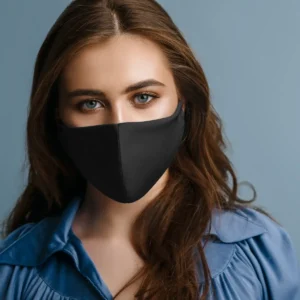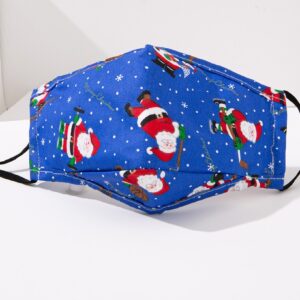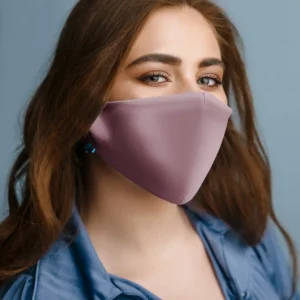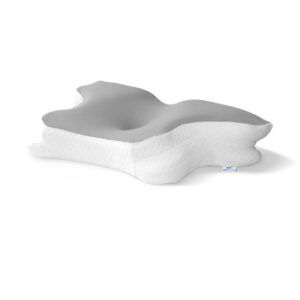Premium quality certified fabric mask
This European Standard specifies the minimum requirements for filtering half masks used as respiratory protective devices, specifically against particles, and the laboratory and practical performance tests necessary to assess the conformity of the masks. Half masks used for escape purposes are excluded from the scope of this standard.
Under the previous certified EN149:1991 the classifications were FFP1S, FFP2S, FFP2SL, FFP3S and FFP3SL. In the EN149:2001 standard, half masks were divided into three types according to their filtering performance (e.g. FFP1, FFP2 and FFP3). Respirators meeting the requirements of EN149:2001 are designed to protect against solids, water-based aerosols and oil-based aerosols.
The certified EN149:1991 differs from EN149:1991 in that all products tested to EN149:2001 must provide mandatory protection against solid and liquid aerosols, whereas EN149:1991 allows respirators to be tested against solid aerosols only. On 1 August 2010, an amendment to standard EN 149.2001 came into force relating to the reusability of the dust filters of masks marked with “R”, reusable, and “NR”, non-reusable, and labelled as certified EN 149:2001+A1:2009.
EN 149 defines the following classes of filtering half masks (i.e. respirators consisting wholly or essentially of filtering material): Class APF (Assigned Protection factor) Limit value of filter penetration (at 95 L/min air flow) Leakage to the inside. An FFP3 respirator would filter out at least 98% of airborne respirable particles, while an FFP1 respirator would filter out at least 80% of respirable particles. FFP3 respirators are therefore most efficient at filtering out fine particles such as viruses, mould spores and asbestos. Respirators that meet the requirements of the certified EN149:2001 standard are designed to repel solids, water-based aerosols and oil-based aerosols and are dust, mist or fibre resistant. The standard establishes 16 indicator requirements, among which the key indicators are practical performance, total leakage, filter material penetration rate, flammability, carbon dioxide content in inhaled air, exhalation valve (flow treatment, cover fastness), respiratory resistance, etc.





